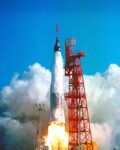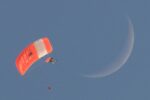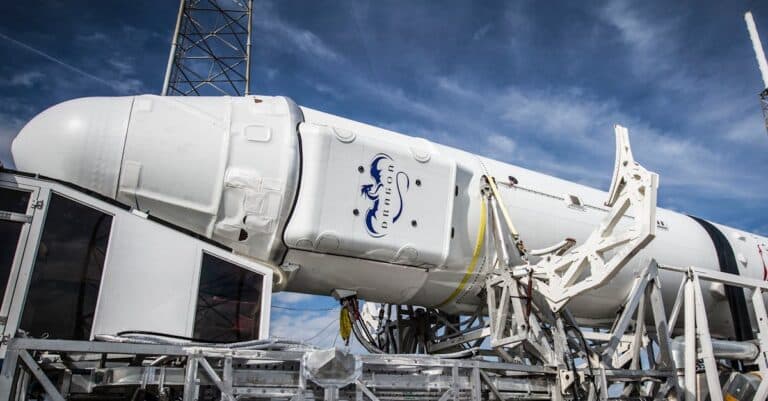Fighter aircraft stand out for their unique technical and operational characteristics. Designed primarily for aerial combat, these aircraft possess exceptional speed and maneuverability, allowing them to quickly intercept threats. Equipped with a wide range of weaponry, from missiles to machine guns, they are suitable for a variety of missions. Unlike civilian aircraft or even other military aircraft, fighters are often equipped with stealth technologies, reducing their radar signature and making them harder to detect. Their design and capabilities make them the true masters of the skies, often considered the elite of military aviation.
A fighter plane, also known as a fighter, is specifically designed for aerial combat. Unlike transport or airliners, these aircraft are equipped to intercept and destroy other aircraft as well as aerial threats such as helicopters or drones. Their unique design and technical capabilities make them essential players in air defense.
One of the main criteria that distinguishes a fighter plane from other types of aircraft is of course its maneuverability. Fighters are often built with a design that promotes great agility in the air. In fact, they are often equipped with electric flight controls which allow them to instantly correct any instability in flight, making their movements more fluid and responsive.
In addition to their maneuverability, fighter planes are also characterized by their capabilities ofarmament. They are equipped with advanced weapons systems, such as machine guns, air-to-air missiles, and guided bombs, to quickly neutralize threats. These aircraft can be classified into different categories depending on their exact role, but they generally share the ability to carry weapons.
In terms of technology, modern fighters incorporate innovations such as radar stealth, which reduces their visibility to enemy radar systems. Next-generation models, such as the F-35 fighter jets, are designed to be nearly invisible to enemy radar, increasing their safety and effectiveness during missions. This is in stark contrast to commercial aircraft, which, while effective in transport, do not require such military features.
It is also important to consider the performance of a fighter jet. These aircraft are often equipped with powerful engines that allow them to reach higher speeds than many other types of aircraft. This speed is crucial for quickly engaging an adversary or escaping a dangerous situation. In addition, their high-altitude flight capability gives them an undeniable strategic advantage during air combat.
Fighter aircraft do not only have an offensive function, they are also used for support missions during military operations. For example, some fighters are tasked with protecting transport or reconnaissance aircraft, thus creating synergy within the air fleet. This demonstrates that their role is multifaceted and is not limited only to attack. Finally, it is interesting to note that the design of fighter aircraft, often perceived as attractive
, also plays a role in their identification. The distinctive silhouettes, sometimes associated with a certain “beauty”, promote their recognition and homage to the public. This contributes to the mystical aura that surrounds these devices, placing them in a category of their own in the collective mind. In summary, the combination ofmaneuverability
, of the armament, of theperformanceand technological innovations make it possible to distinguish fighter planes from other aircraft. As a result, these aircraft play a central role in modern air defense and military aviation history. discover the world of combat fighters, from iconic fighter jets to the latest technological innovations. immerse yourself in the fascinating world of aerial performance, military strategy and aeronautical engineering. Fighter Jet FAQ
























